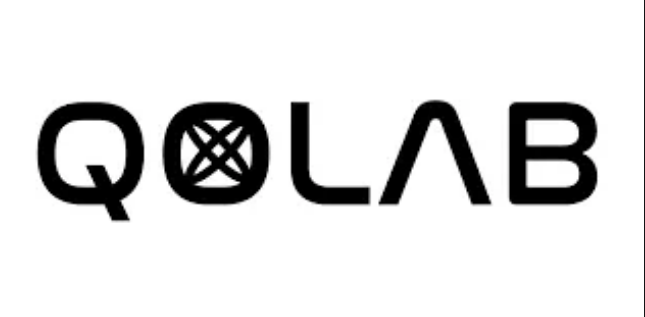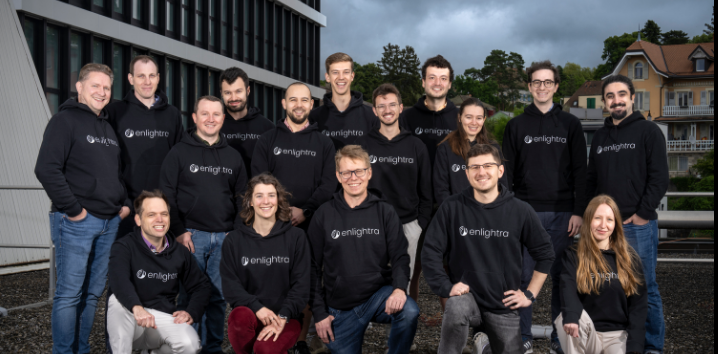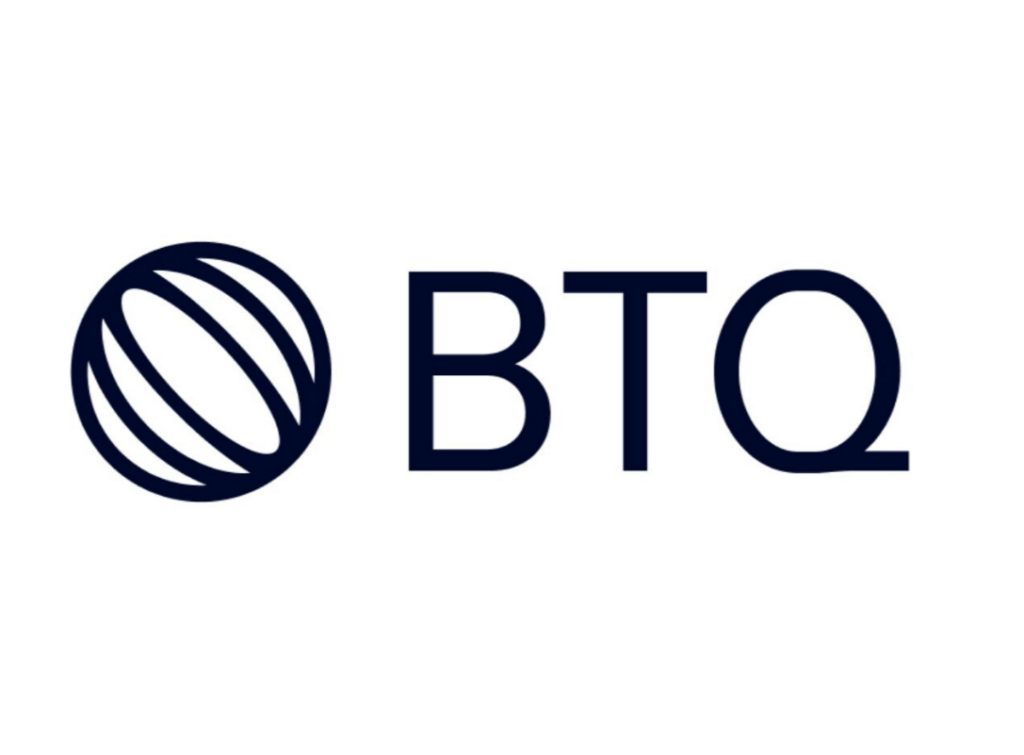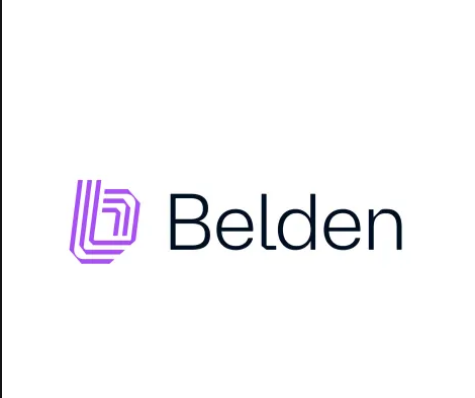Insider Brief
- A study in Entropy shows that a photonic quantum computer called a coherent Ising machine (CIM) solved bus route optimization tasks for Beijing faster than leading classical algorithms.
- Researchers from Beijing QBoson Quantum Technology Co. and North China University of Technology modeled the problem using both classical solvers and a quadratic unconstrained binary optimization (QUBO) framework suited for the CIM.
- The CIM delivered millisecond-level solutions with time-saving ratios above 80%, though current hardware is limited to 100 qubits and further scaling will be needed for full metropolitan systems.
- Photo by The Transport Enthusiast DC on Unsplash
The wheels of a bus do indeed go ’round and ’round, except when traffic snarls, mechanical failures and scores of other difficulties halt the wheels of entire fleets of buses — especially in busy, complex bus route networks in cities, like Beijing.
Now, a new study suggests that specialized quantum hardware can outpace classical computers in designing bus routes for sprawling cities, potentially reshaping how public transport systems are planned.
Researchers in China, including scientists from Beijing QBoson Quantum Technology Co., tested a photonic quantum computer known as a coherent Ising machine (CIM) against standard algorithms in the task of bus route optimization, a notoriously complex challenge in urban planning. The CIM solved models of Beijing’s bus network in milliseconds, significantly faster than leading classical solvers. The system achieved time-saving ratios of over 80% in some tests and delivered near-optimal results with striking efficiency.

The study, published in Entropy, concludes that while hardware limits capped performance at 100 qubits, the quantum approach showed clear acceleration over classical methods. Both classical solvers and the CIM could find optimal routes, but the CIM reached solutions faster and consumed little energy, hinting at long-term advantages as the technology scales.
Bus Networks Can be a Computational Hard Stop
Urban bus networks are essential infrastructure, but optimizing them is computationally difficult. Decisions about where to add or remove routes must balance passenger demand, travel times, and operational costs. Adding transfers makes the problem even more complex, producing optimization tasks that scale rapidly in difficulty.
Classical computers often rely on heuristics, such as simulated annealing or tabu search, which may settle for near-optimal solutions. The CIM, by contrast, relies on the physics of optical parametric oscillators to search the solution space, finding global optima by exploiting quantum coherence and spontaneous symmetry breaking.
For cities with millions of daily commuters, faster and more accurate optimization tools could support better service coverage and efficiency. Beyond transportation, the work points to broader uses of quantum systems in logistics, network design, and resource allocation problems.
QUBO Model
The researchers modeled Beijing’s network with at least 60 candidate stations and nearly 700,000 passenger demand points. The optimization task was expressed in two ways: a classical mathematical model solved with software such as Gurobi, and a quadratic unconstrained binary optimization (QUBO) model suited for the CIM.
QUBO is a framework for hard decision problems where outcomes hinge on a series of yes-or-no choices and how those choices interact. Many complex tasks, from bus routing to portfolio selection, can be expressed in this form. Photonic quantum computers such as the coherent Ising machine are well suited to QUBO because their optical pulses naturally behave like binary switches. When these pulses interact, the system quickly settles into the lowest-energy state — a configuration that corresponds to the optimal or near-optimal solution — allowing it to explore vast solution spaces faster than classical algorithms.
In the experiment, the classical approach used a two-stage pipeline. OR-Tools — an open-source optimization software library developed by Google — generated an initial bus route covering 26 stations, which was then refined by solvers to test efficiency. The CIM, meanwhile, received the QUBO model as input and produced solutions after thousands of optical cycles inside a fiber loop. Its all-optical design allowed results to stabilize within milliseconds.
Performance was measured across multiple runs, according to the researchers. With precision-reduction techniques to fit the 100-qubit device, the CIM consistently produced solutions at least as good as classical approaches while requiring less time. In tests using the PAM reduction method, both Gurobi and CIM achieved 100% success rates, but the CIM did so in under a millisecond compared to more than one millisecond for Gurobi. Other classical solvers lagged far behind.
Limitations And Future Research Directions
Despite the speedups, there could be some bumps on the road toward bus route quantum advantage, which the study stops short of declaring. First, the CIM’s qubit count remains limited, forcing approximations that reduce precision. Success probabilities also varied depending on the reduction method: while classical solvers always returned valid results, the CIM sometimes produced only near-optimal solutions with small gaps.
Another limitation is scale, the researchers point out. Beijing’s network is vast, and while 100 qubits were enough for the models tested, far larger devices would be needed to tackle entire metropolitan systems without simplifications. Competing quantum platforms, such as superconducting circuits or annealers, may also evolve quickly, requiring careful benchmarking before any claim of clear superiority.
The researchers expect progress to quicken as hardware grows. Scaling CIMs to thousands of qubits could unlock performance that dwarfs today’s results. Energy efficiency is another attraction. Each CIM run consumed only about 24 joules, a figure that stays relatively flat as problems grow, unlike classical solvers whose costs rise sharply with scale.
The team also points to future comparisons with other quantum and quantum-inspired methods, such as D-Wave’s annealers or Toshiba’s bifurcation machines. Broader testing across logistics, communications, and scheduling problems will help determine where CIMs deliver unique benefits.
Broader Context: Making Quantum More Practical
The study reflects a growing shift in quantum research from theory to applications. Quantum computing has long promised to tackle intractable problems, but practical use cases are only beginning to appear. Transport planning provides a vivid testbed: it is socially important, mathematically complex, and tied to real-world data.
If further validated, tools like the CIM could change how cities plan their infrastructure, offering faster, cheaper and more flexible modeling. At a time when megacities strain under congestion and environmental pressures, better optimization — powered by quantum — may translate into tangible improvements in quality of life.
The study was carried out by Jiangwei Ju, Yuelin Bai, Yong Wang, Qi Gao, Yin Ma, of Beijing QBoson Quantum Technology Co., Ltd., and Kai Wen. Zhihang Liu and Chao Zheng, of North China University of Technology.


















